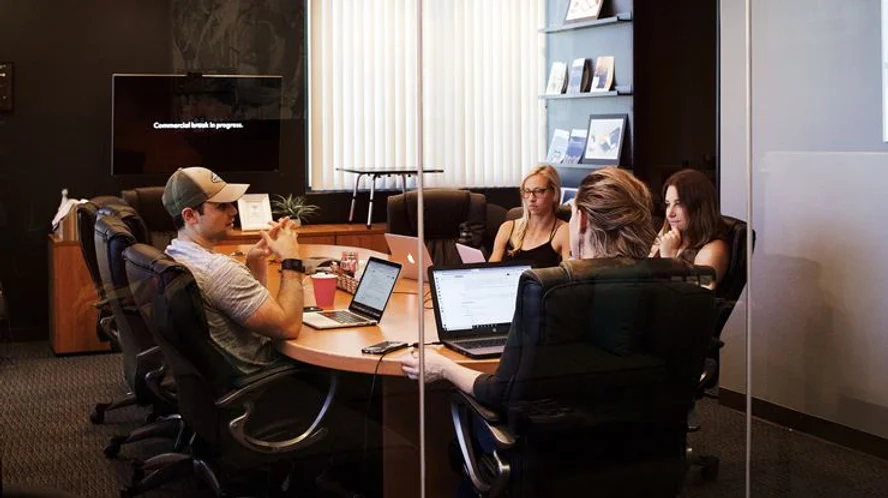Inclusive leadership begins with understanding ourselves first. We can’t influence our organizations or teams around us if we haven’t first looked at our own blind spots.
Unconscious bias refers to automatic judgments or preferences a person has towards certain groups or individuals, which they are unaware of, and which are shaped by their experiences, culture, background, and societal influences.
How to uncover your own unconscious biases
There is an activity that we do in our workshops that can help you notice unconscious bias.
Take a piece of paper and draw a table with 6 columns and 11 rows – allowing for the most space in the first column.
Now, think about your inner circle – the people you really trust the most who are NOT family members. Whose counsel do you seek in making decisions? Who would you trust to give you advice at work or personally?
Write their names down in column 1. You want to list exactly 10 people – no more and no less. If you have fewer than 10 names, then think about people you trust a lot that are not quite in your inner circle.
After you list your 10 names, label the remaining 5 columns:
- Gender
- Race/Ethnicity
- Education Level
- Age
- Nationality
Place a tick beside those members of their trusted circle who are similar in that dimension to you. Now look at your list. What do you notice? What patterns do you see?
Our inner circles tend to contain people just like us.
For most people, the people on the list are very similar to themselves. Perhaps they are all men or all women. They may all be close to the same age. Chances are that most of them will be the same nationality.
Try changing the top row columns to other attributes like religion, sexual orientation, ability, interests, occupation, hobbies – anything, really. You may notice that your most trusted advisors all belong to the same church or participate in the same sport or are all able-bodied.
Why does this matter?
Because we tend to trust those who belong to the same in-groups that we do.
If I’m religious, I’ll tend to trust other people in my religion because I know I can draw on a set of common underlying values that mirror mine.
It’s the same for gender, age, etc. As we move our circle of trust wider to include people we’re friends with, but not extremely close to, the patterns may change. But our closest advisors and those we rely on most for sound insight are often an unconscious mirror of ourselves.
There are implications for this in the workplace.
Although we believe we are making objective assessments of merit and treating people fairly, hidden preferences for people like ourselves can cause us to support the development and career progression of some people over others without us even knowing we are doing so.
This unconscious affinity bias can result in a tendency for leaders, people managers or recruiting managers to:
- Hire and promote those who mirror attributes or qualities that align with their own.
- Actively solicit, pay greater attention to, and favour the contributions of in-group members compared to others.
When leaders assign responsibility for a high-profile piece of work, to whom do they entrust that responsibility?
Typically, it will go to the individuals they trust the most. Those people, it turns out, are similar to themselves.
Though not intentional, people who are not like us get overlooked and left behind.
I recall doing this exercise with the CEO of a company who realized that all his trusted advisors played golf, mountain biked, rock climbed – all privileged sports that required a lot of money. They were all members of a certain socio-economic class – and not representative of the people in his company.
He realized that he was sitting in his golf cart, making decisions about people he knew nothing about.
When you surround yourself with people who are just like you, instead of being challenged in your thinking, you get confirmation bias of a particular world view.
This exercise isn’t about making you right or wrong. It’s just an opportunity to learn. We all have unconscious biases.
If you want to become a more inclusive leader, it’s critical that you uncover them.
Sometimes this is as simple as pausing for a moment or two to reflect before making decisions to see if any of your unconscious biases are at work.

